US-Pakistan
Return to article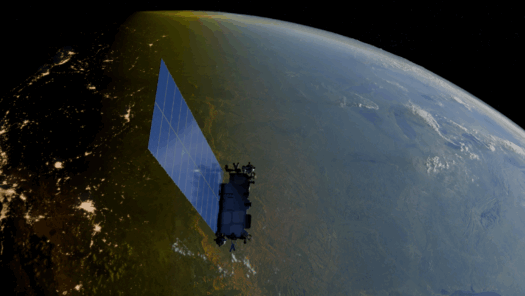
Pakistan’s Starlink Dilemma
In today’s digital age, the internet can function as a great equalizer, helping developing nations achieve their economic goals. On this count, Pakistan is struggling with unstable connectivity and uneven access—particularly in rural and remote regions. Mobile broadband accounts for…
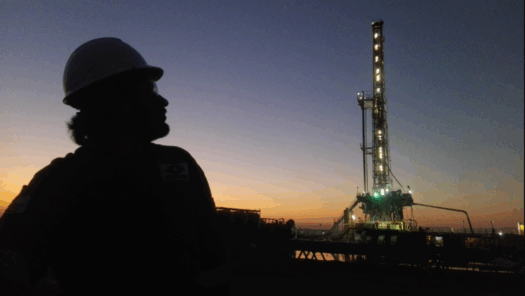
پاکستان کا تجارتی موقع : بھارت پر عائد امریکی محصولات (ٹیرف) کے باعث؟
جولائی میں ریاست ہائے متحدہ امریکہ نے پاکستانی برآمدات پر عائد محصولات کو تقریباً 29 فیصد سے کم کرکے 19 فیصد کر دیا اور تاریخ میں پہلی بار پاکستان کو امریکی خام تیل بھیجنے پر اتفاق کیا۔ (اس کے) چند…
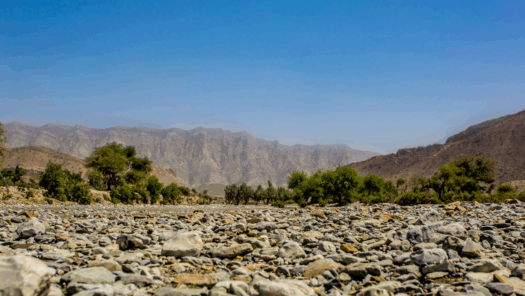
Counterterrorism to Counternarrative?: BLA Designation and the Return of Re-hyphenation in South Asia
Editor's Note: This is the second article in a two-part series on the U.S. designation of the BLA as an FTO. Read the first article here. On August 11, as a part of its “commitment to countering terrorism,” the U.S.…
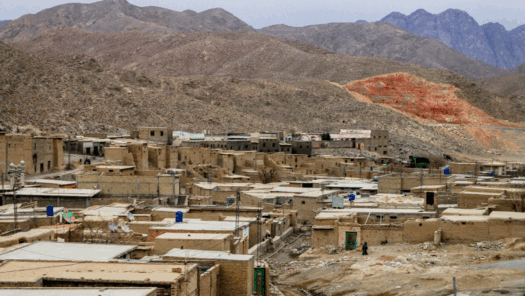
U.S. Designation of BLA as Terror Outfit: A Win for Pakistan, but Not a Panacea
Editor’s Note: This is the first article in a two-part series on the U.S. designation of the BLA as an FTO. Read the second article here. On August 11, the U.S. Department of State designated the Baloch Liberation Army (BLA) and its…
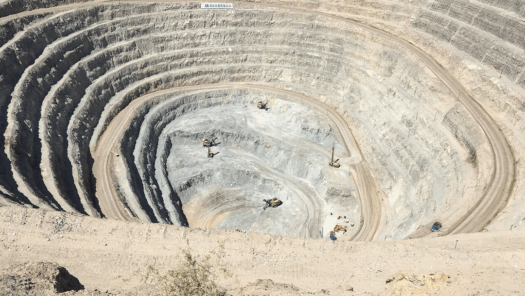
Pakistan’s Potential Path to Global Relevance through Critical Minerals
The United States’ recent diplomatic overtures towards Pakistan have caught many by surprise. At the end of July, Pakistan finalized an important trade deal with the United States, which cut tariffs on Pakistani products from 29 percent to 19 percent.…

Pakistan’s Trade Opportunity: A Window Framed by U.S. Tariffs on India?
In July, the United States reduced tariffs on Pakistani exports from nearly 29 percent to 19 percent and agreed to ship U.S. crude oil to Pakistan for the first time in history. Just days later, it imposed an additional 25…